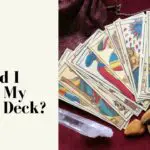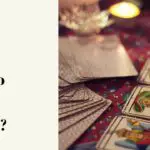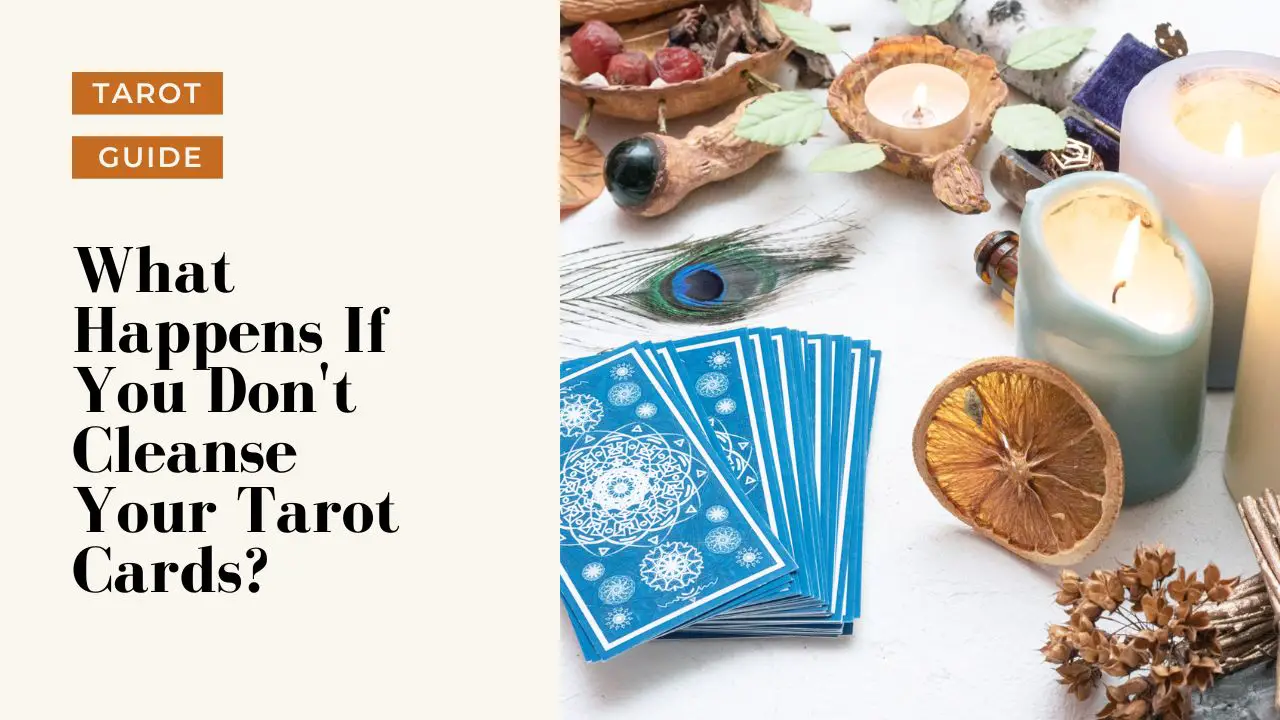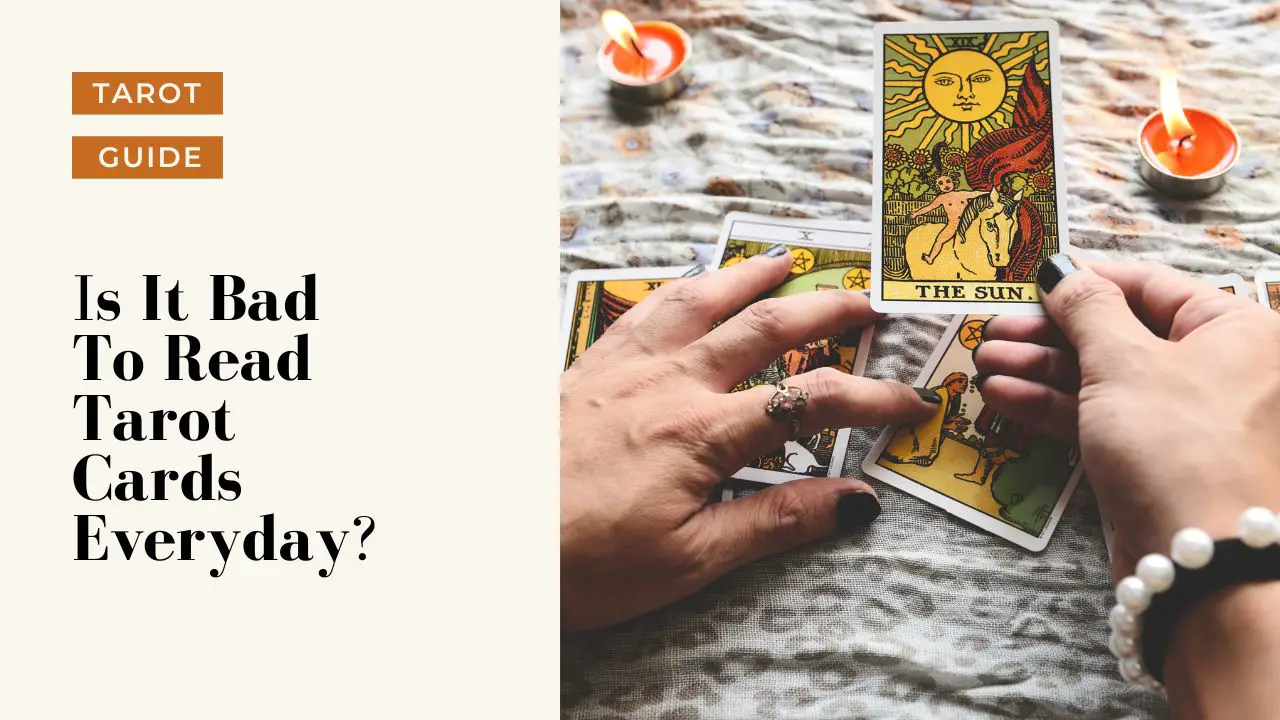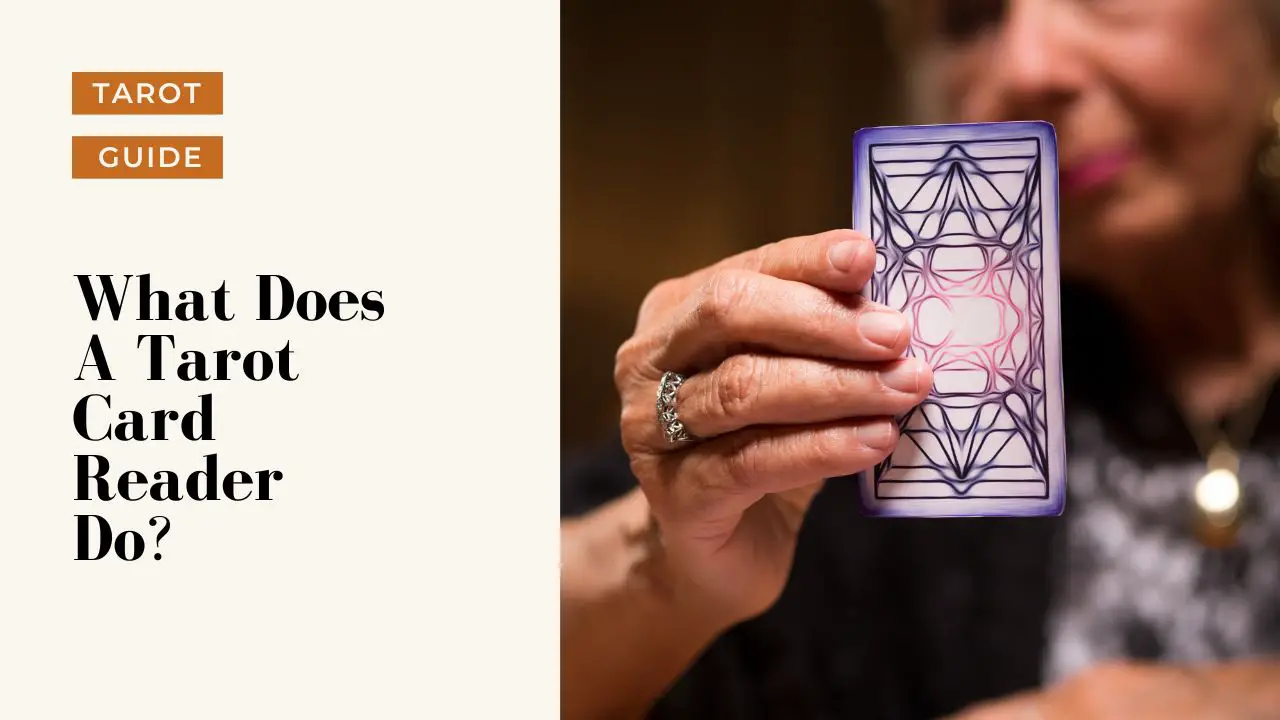If you’re an intermediate or advanced tarot card reader, chances are good that you’re already experimenting with various spreads, many of which use a lot of different cards.
A 10-card spread might sound complex, but keep in mind that the more cards you use, the more detailed your readings will be. This is certain to be appreciated by the client, whether that client is someone else or you yourself.
There are several ways you can conduct a reading with a 10-card spread, and that’s what this article is here to help you do. Once you learn the designs and arrangements of the different spreads and learn how to assign values to each of the cards you draw, this becomes a lot easier than you might think. Yes, 10 cards are a lot of cards, but conducting a productive and efficient tarot card reading using this many cards is by no means impossible or even that difficult. Let’s take a look at some of them.
The Celtic Cross Spread
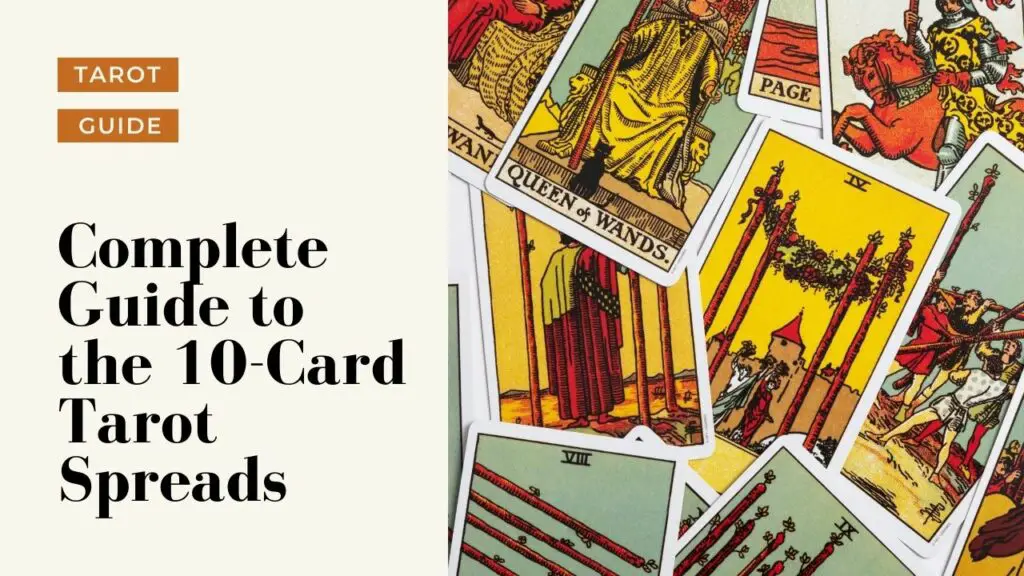
Think of this spread as being in two parts. To the left, you have what looks like a cross, with the cards being laid out this way:
- Row 1: Card 5 (in the center).
- Row 2: Cards 3, 2, and 4. Place card number 2 in a horizontal position, then place card 1 in a vertical position underneath it.
- Row 3: Card 6 (again, in the center).
To the right of this “cross,” you’ll create a straight line, which is meant to symbolize a staff. Place the following four cards in a straight vertical line to the right of the cross, in this order: 10, 9, 8, and 7, with 10 being at the top of the line and 7 being at the bottom.
As you can see, this spread has two very distinct arrangements. The Celtic cross on the left is meant to deal with the happenings in your life, both internal and external. On the other hand, the staff on the right is there to deal with the direction you should take to examine the situation and put everything into the right context. Here is what should be assigned to each of the cards:
- Card 1: The present situation or scenario, or the client’s current state of mind.
- Card 2: The actual problem itself.
- Card 3: The past and how it is shaping current events.
- Card 4: The future; in other words, what might happen as a result of the current scenario.
- Card 5: The conscious awareness of the client, or what the client is focusing on the most.
- Card 6: Unconscious things that are affecting the client and the situation at hand.
- Card 7: The client’s influence. In other words, how does the client see himself and how does that relate to the current situation?
- Card 8: Any external influences at work; the social and emotional environment that the client is living in.
- Card 9: The client’s hopes and fears.
- Card 10: The outcome or summary.
Possibility #2: The Self Growth Spread
Here is another lovely arrangement that is not only very detailed but also looks great once all of the cards are laid out. The cards in the first and third columns are placed in a diagonal position and are therefore rather decorative; in other words, they are not straight up and down like the cards in the middle column are. Here is how the cards are arranged:
- Column 1: Cards 5, 7, and 9.
- Column 2: Cards 2, 3, and 1. These are placed straight up and down (vertically), and place card number 4 in a horizontal position on top of card 3.
- Column 3: Cards 6, 8, and 10.
Finally, here is what the cards each represent:
- Card 1: The client’s past self
- Card 2: The client’s current self
- Card 3: The client’s highest self
- Card 4: What is blocking the client from accomplishing their goals
- Card 5: Any family patterns that are relevant to the situation at hand
- Card 6: Any personal issues that might affect the outcome or ending
- Card 7: The client’s conscience
- Card 8: The desire of the client
- Card 9: The lesson that will be learned from the outcome
- Card 10: Any advice that it’s good for the client to hear
This is a good one to practice. Let’s face it; lots of people are interested in self-growth issues. It is simply a very popular layout that applies to more people than you think, and once you master it, you’ll likely find that you’ll be using it a lot.
Let’s Explore Another One!
Many readers find they do a lot of readings for people who want to learn more about their relationship with a significant other, so let’s take a look at a spread that does well for this cause. First, here is how the cards should be set up:
- Row 1: Cards 9 and 10, with space in between the two cards
- Row 2: Card 6, placed underneath but in between the cards in the previous row
- Row 3: Cards 1, 2, 3, 4, and 5
- Row 4: Cards 8 and 7
And here is what each of the 10 cards represents:
- Card 1: Distant past influences
- Card 2: Recent past influences
- Card 3: Current status of the relationship
- Card 4: Future influences
- Card 5: External (environmental) influences
- Card 6: Personal beliefs
- Card 7: Any favorable energy the client has
- Card 8: What things are working against the accomplishment of goals
- Card 9: The client’s hopes and fears
- Card 10: The outcome or summary
To be sure, learning how to conduct readings on relationships is never going to be a waste of your time because there is no end to the number of clients interested in this subject!
Conclusion
Using 10 cards in a tarot spread can feel intimidating at first, but once you get some experience with spreads this large, it really is no different than using a spread with fewer cards. While they should only be utilized by more experienced readers, they don’t have to be difficult to learn, especially if you practice a lot and are always consistent with your readings.
Still struggling with your readings? Try one of Kasamba’s top rated readers.
Try them out today for FREE with 3 free minutes plus 50% off your first reading!
Get the Ultimate Tarot Card Combinations Pack
The Tarot Happy eBook Pack is available now for instant download.
With 78 eBooks covering all tarot pair meanings, this pack is a comprehensive guide on using tarot for introspection, self-understanding and inner growth.
$1.99 $24.99
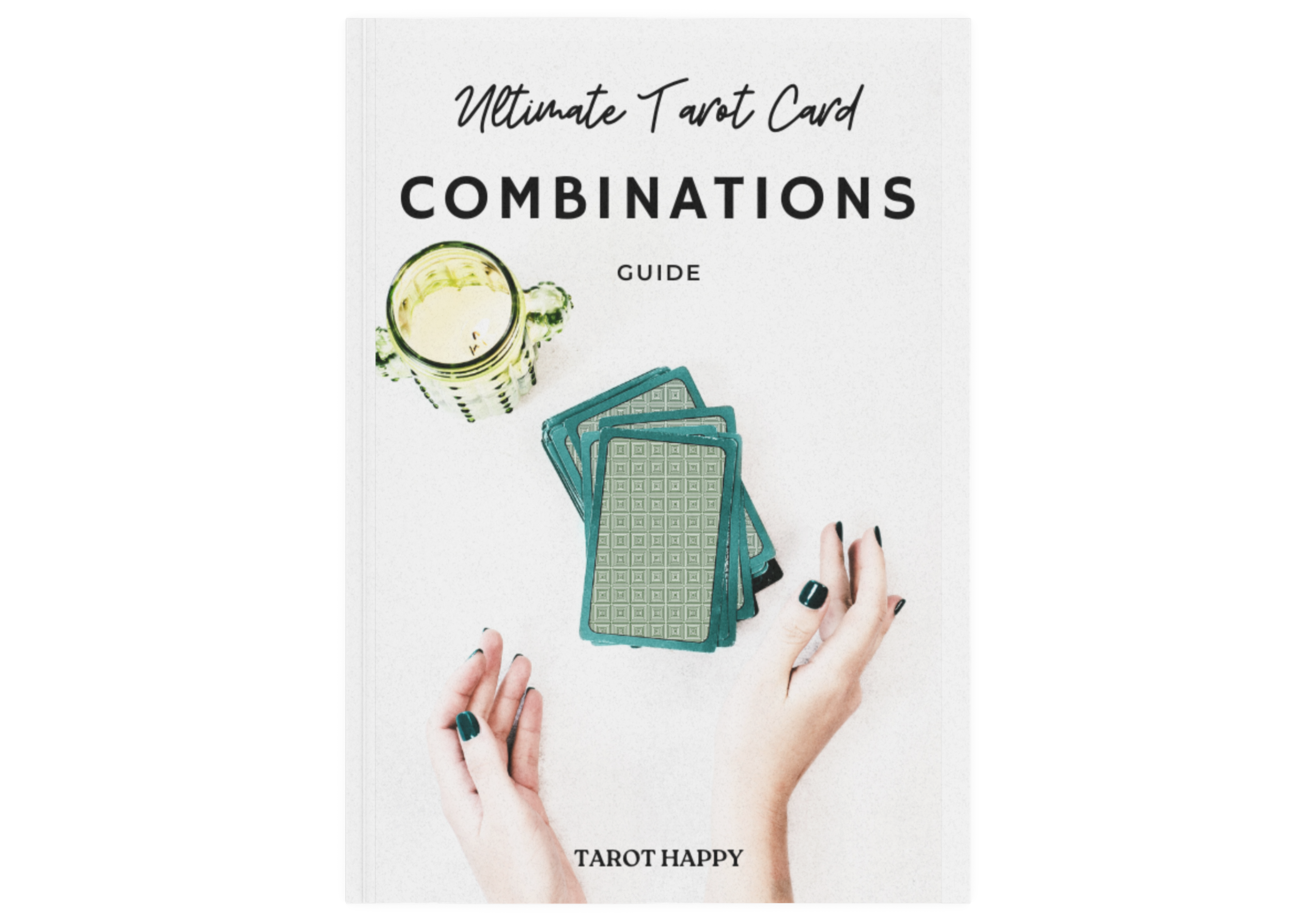

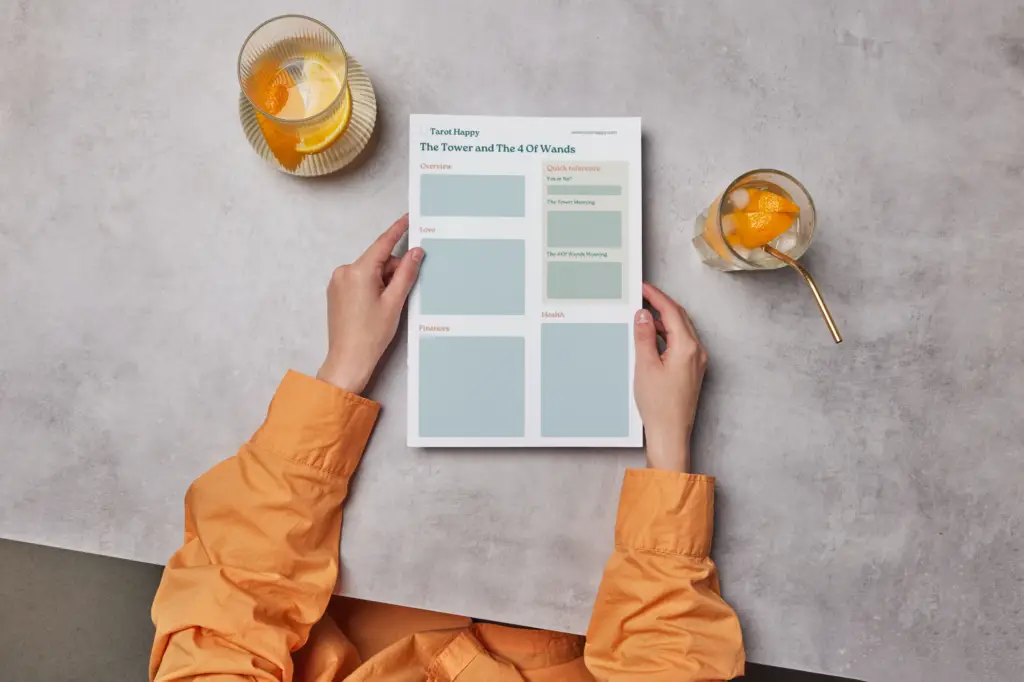
The pack contains an eBook for each of the 78 cards in a tarot pack.
Each eBook focuses on all the combinations for a single card, with overview of meanings for:
- “Yes or No”
- Key words and phrases that describe the combination
- Meaning for Love
- Meaning for Finance
- Meaning for Health and Relationships
Unlock the Mysteries of Tarot with Our Comprehensive 78 eBook Pack
Are you ready to take your Tarot reading abilities to the next level? It’s time to upgrade your spiritual toolbox with our extensive 78 eBook Pack. Each eBook is crafted to detail the meaning of every single Tarot card combination!
Venture beyond the basic meanings of the cards and delve into the intricate, layered symbolism each combination offers.
From beginner enthusiasts to advanced practitioners, this ultimate Tarot eBook pack will enhance your understanding, foster deeper connections with the cards, and improve your readings in a way that no other guide can.
Save over $20 if you buy today!
$1.99 $24.99

